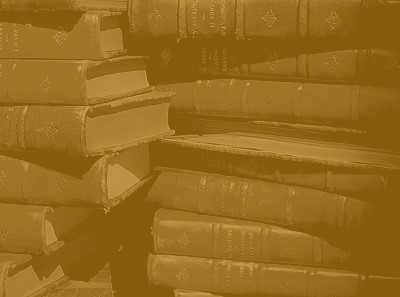
“Something there is that doesn’t love a wall,” Robert Frost wrote a century ago. The reality of that poetic statement is never more evident than on the sides of the Wall—the Security Fence according to Israelis or the Apartheid Wall according to Palestinians—that separates Israel from the West Bank. To drive up the toll road from Tel Aviv to Hadara, the twenty-four foot high enclosure resembles the sound barriers built along our interstates. But cross into the area controlled by the Palestinian Authority and the Wall is filled with graffiti, demanding its demolition. CTU’s Biblical Study and Travel Program, of which I am an alumna, is designed to provide study of the bible in the lands that inspired the text. But to think that the only subject is the bible is to miss the true gift and challenge of such a learning opportunity. I have just returned from our fall program, having experienced Ramadan and the Jewish High Holidays. Now in Advent, in this time of waiting, I reflect on the convergence of faith that is the Holy Land.
Perspective affects what you see. Case in point: early in the trip I was attempting to take the bus home from the Old City to Bethany, the location of CTU’s program. Before the Wall was completed, we simply rode the #36, which stopped at the base of our hill before continuing its route to Al-Eizariya, the Arabic name for the city of Lazarus (Bethany in our New Testament). Now two #36 buses must leave from the Arab Bus Station. One cost four shekels and would bring me to my stop, Shayyah Road. Another cost six shekels and circumnavigates the Wall, passing through a checkpoint before arriving at Al-Eizariya, directly on the other side of the security fence. I approached one #36 bus and inquired “inside the Wall?” The driver nodded. I handed over four shekels. “No,” he responded. “Six.” What I considered “inside”— in Israel, he understood as “outside”—outside Palestine. What is inside and outside depends on one’s vantage.
The Comboni convent where CTU leases space for its overseas study program is bordered by the Wall which stood a hundred feet outside my bedroom window. I watched the soldiers patrol the buffer zone between the olive grove next door and the mammoth gray monolith. Throughout the night I heard the screech of brakes and the grinding of jeep motors as the patrol cars crawled up the back of the Mount of Olives. Many evenings, residents on the other side would hurl flaming rags over the Wall in angry but undamaging protest.
Nightly during Ramadan, young men and boys would scale the twenty-four foot cement fence, throw themselves over the barbed wire and run through the Comboni Sisters’ backyard. We were told they did this in order to pray at the mosque on the Dome of the Rock inside Jerusalem’s Old City. And nightly the Israel Defense Force would run through the olive grove and apprehend them. One Saturday evening, during our celebration of the Eucharist, we heard the familiar running, followed by the angry shouts and gunning motors. The first reading from that liturgy still echoed: “Hear this, you who trample upon the needy and destroy the poor of the land!” (Amos 8:4).
Literally, our backs were against the Wall. We faced out toward Jerusalem, free from checkpoints. We benefitted from the security the Wall provided. We could come and go as we pleased. During the morning, we held class sessions in our newly renovated classroom. In the afternoon, we took the bus to the Damascus Gate and wandered the warren of the Old City of Jerusalem. Or visited museums. Or toured holy sites. Only when we met with students at Bethlehem University did we have a sense of the personal impact of the Wall. One student, a resident of Jerusalem, spent three hours crossing through the checkpoint. Daily. It had taken us thirty minutes to cover the same distance.
Begun in 2002 in response to increasing terrorist attacks on Israeli citizens, the Wall has slowed the incidences of suicide bombers. But the cost of security is great—for the Israelis and for the Palestinians. In 2004, the International Court of Justice ruled the separation fence illegal, since Palestinian farmers are separated from their lands, children unable to reach their schools, and families split.
I thought it enough to earn a doctorate and to teach Scriptures to the next generation of Church leaders. But veteran biblical scholar Elisabeth Schüssler-Fiorenza has unsettled that idea. She writes, “Intellectual neutrality is not possible in a historical world of exploitation and injustice. However, such a position does not assume the innocence and purity of the oppressed.” (Democratizing Biblical Studies. Toward an Empancipatory Educational Space [Louisville, KY: Westminster John Knox Press, 2009], 14).
I remind our students that the conflict in Israel/Palestine is much more complicated than our media make it out to be. But that doesn’t mean that we aren’t challenged—by virtue of our Christian commitment to peace—to attempt reconciliation, to recognize whether we are “inside” or “outside,” and to ask ourselves, “With our back against the Wall, where do we stand?”
Laurie Brink, O.P., Ph.D., is an Assistant Professor of Biblical Studies and a regular instructor and guide for CTU’s Biblical Study and Travel Program.
© Catholic Theological Union